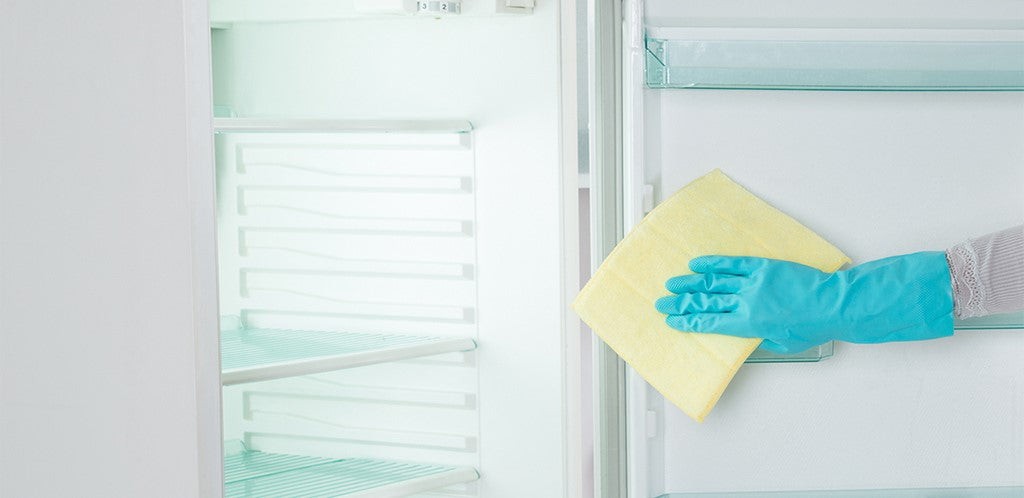You have no items in your shopping cart.
)
 The door gasket is one of the most important parts of a refrigerator. Its significance is more than you can ever think of. This bendable rubber strip attached around the outer boundary of your refrigerator and freezer is specially designed to form an airtight seal for keeping cold air inside and warm air out. In short, it acts a sealant to regulate the inner atmosphere. The closure helps to control the internal temperature of the refrigerator and freezer sections. If the gasket isn’t sealing correctly, your refrigerator won’t be able to cool properly, thus resulting in a high electricity bill, unwanted service call or spoiled food. The very first step for avoiding a damaged seal is learning how to clean your Orient's refrigerator gasket.
The door gasket is one of the most important parts of a refrigerator. Its significance is more than you can ever think of. This bendable rubber strip attached around the outer boundary of your refrigerator and freezer is specially designed to form an airtight seal for keeping cold air inside and warm air out. In short, it acts a sealant to regulate the inner atmosphere. The closure helps to control the internal temperature of the refrigerator and freezer sections. If the gasket isn’t sealing correctly, your refrigerator won’t be able to cool properly, thus resulting in a high electricity bill, unwanted service call or spoiled food. The very first step for avoiding a damaged seal is learning how to clean your Orient's refrigerator gasket.
Maintaining your gasket in a good condition is one of the most imperative preventative steps which can go a long way in terms of saving your money and time. It is recommended to clean your refrigerator gasket quarterly, or more recurrently if you notice spills and/or mold growth. A filthy food spill on the gasket can impair its reliability by causing it to stick, pull and possibly tear.
2 Simple Techniques to Clean Your Refrigerator Gasket
Method #1: Vinegar and Water
It is advised not to use hard cleansing agents such as bleach and ammonia as they can be harsh on the gasket’s material if not used properly. Instead, using a vinegar solution will aid in eliminating any mold or bacteria without injuring the gasket.
Here’s the Million Dollar Formula!
Make a solution of one part vinegar and two parts water to clean the gasket.
Method 2: Bleach and Water
If you don’t feel comfortable cleaning your refrigerator gasket with a vinegar solution, try using a blend of one part bleach to four parts water. Avoid pouring concentrated bleach straight onto the gasket.
To keep the rubber flexible, gently rub a slight amount of lemon oil, mineral oil or common body lotion around the edges of the gasket. Repeat the process every 3-4 months for maximum results.